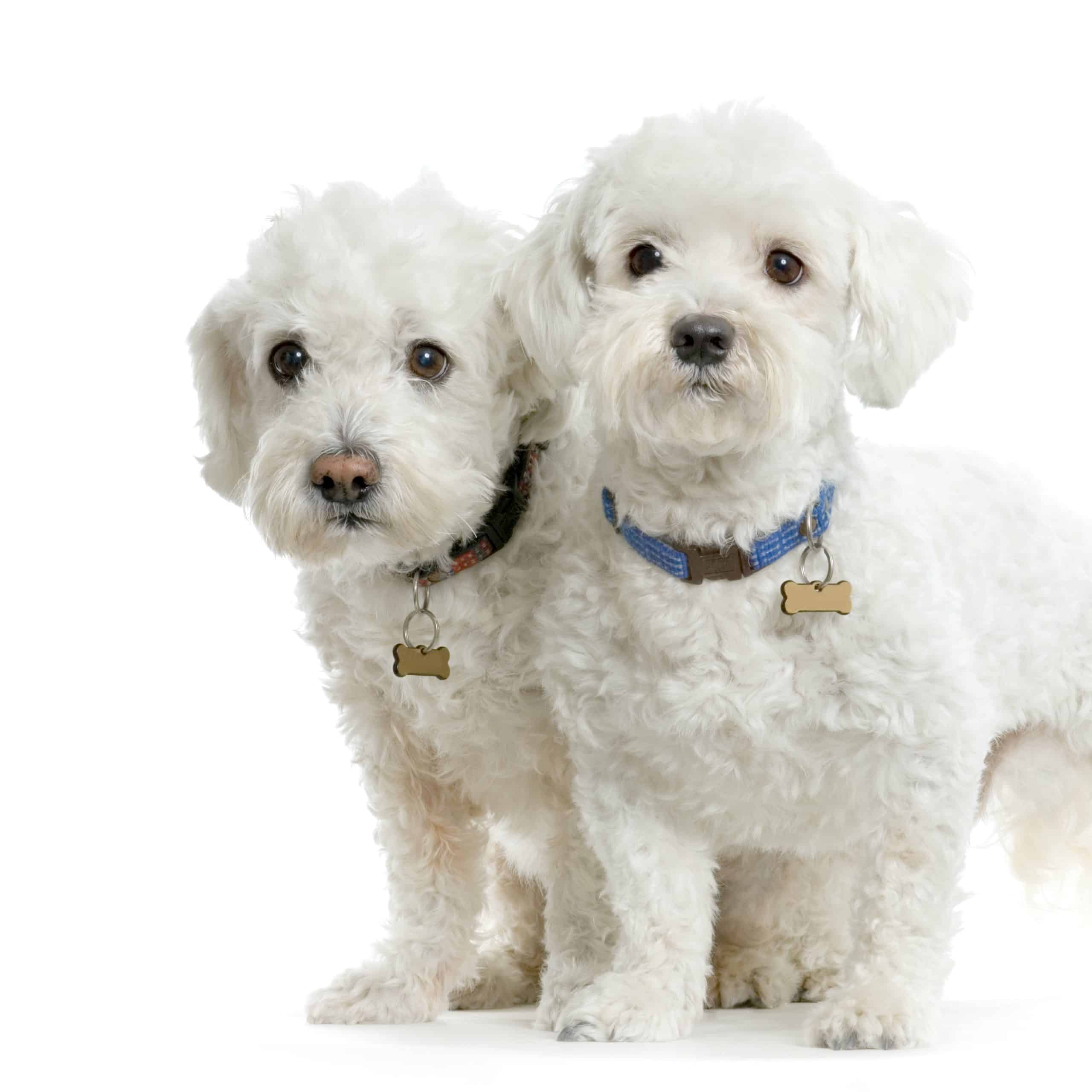In recent years, the bond between humans and their pets has deepened significantly. As people are increasingly treating their pets like part of the family, it’s not surprising that the demand for pet-friendly real estate is on the rise. This trend is especially prevalent in urban areas where space can be at a premium. It is crucial for property developers and city planners to consider the needs of pets and their owners when designing and building new homes and communities. This article delves into the various design considerations that can help create pet-friendly spaces in cities.
1. Designing a Pet-Friendly House
When designing a pet-friendly house, certain aspects need to be accounted for to ensure the comfort and safety of the pets. The goal is to create a house that is conducive to both pets and their owners.
Cela peut vous intéresser : How to Develop Inclusive Play Areas in Residential Real Estate Projects?
The kitchen is a core area of the house that should be taken into consideration. Pets often spend a significant amount of time in the kitchen with their owners. Therefore, the kitchen should be designed with materials that are not only durable but also safe for pets. Non-slip flooring, for instance, can prevent accidents, while using pet-friendly paints can reduce the risk of pets ingesting harmful substances.
Another crucial aspect in a pet-friendly house is creating a specific area for the pet. This could be a cozy corner in the living room or a pet room. This designated space will serve as a refuge for the pet, a place where it can relax and feel secure.
A lire également : What Are the Latest Innovation in HVAC Systems for Energy-Efficient Buildings?
2. Incorporation of Pet Amenities in Apartment Complexes
As city populations grow, apartment living becomes the norm for many city dwellers. To cater to the increasing number of pet owners in cities, apartment complexes need to incorporate pet amenities.
One of the most valuable amenities that an apartment complex can provide for pet owners is a pet park. This dedicated space allows dogs to exercise and socialize with other dogs. It’s also a great place for pet owners to connect with each other. The park should have enough room for pets to run around and should be well-lit for evening walks.
Additionally, it’s beneficial to have a pet-friendly policy in shared spaces. For instance, allowing pets in the lobby or in the outdoor spaces can help create a community feel among tenants.
3. Urban Planning for Pet-Friendly Cities
Urban planning plays a significant role in creating pet-friendly cities. In addition to residential buildings, the overall layout and design of the city should cater to pets and their owners.
Walkability is a key factor in pet-friendly urban design. Cities should have sidewalks that are safe and comfortable for both pets and people. This includes having enough space for dogs to walk alongside their owners and providing waste disposal stations at regular intervals.
Another design consideration is the availability of green spaces within the city. Parks and open spaces provide an essential outlet for pets, particularly dogs, to exercise and interact with other animals. These spaces should be easily accessible to residents and should have designated areas for pets.
4. The Role of Technology in Pet-Friendly Design
Technology can play a significant role in creating pet-friendly spaces. From smart home devices to advanced building materials, technology can enhance the pet-friendly features of a property.
For instance, smart home technology can help monitor and care for pets. Devices such as automated feeders, pet cameras, and smart doors can provide convenience for pet owners. Likewise, innovative building materials like scratch-resistant floors or odor-resistant carpets can improve the durability and maintenance of pet-friendly homes.
5. The Future of Pet-Friendly Design in Real Estate
As pets continue to hold a special place in people’s hearts, the demand for pet-friendly real estate is set to increase. This presents a significant opportunity for developers who can successfully incorporate pet-friendly features into their projects.
Looking forward, we can expect to see more innovative solutions to accommodate pets in urban spaces. From pet-friendly co-working spaces to dog cafes, the possibilities are endless. This trend will not only benefit pet owners but will also contribute positively to the overall community spirit in cities.
In conclusion, designing pet-friendly real estate goes beyond just allowing pets in properties. It involves thoughtful planning and design to create spaces that cater to the needs of pets and their owners. As cities continue to grow and evolve, pet-friendly design will become an increasingly important consideration in real estate development.
6. Pet-Friendly Features that Complement the Aesthetics
Integrating pet-friendly features into real estate should not compromise the overall aesthetics of the space. In fact, pet-centric design can actually enhance the beauty and functionality of a home or a community. This section will explore some design elements that can help achieve this balance.
A litter box is an essential item for cat owners. However, they can be unsightly and unpleasant. Designing a hidden litter box cabinet that blends with the interior decor can solve this problem, providing a private space for cats while maintaining the visual appeal of the room.
When it comes to dogs, providing them with a dedicated dog house can make a significant difference. These can be designed to match the exterior of the home, ensuring a cohesive look. For pet owners living in apartments, innovative solutions like convertible furniture that can serve as a pet bed can be considered.
Additionally, the use of pet-friendly materials that are both beautiful and durable can further enhance the aesthetic appeal. For instance, hardwood floors with a protective coating can withstand pet nails while adding elegance to the home.
Ultimately, the aim is to create a space where people and their pets can coexist comfortably without sacrificing style and luxury.
7. Regulatory Challenges and Opportunities in Pet-Friendly Real Estate
Creating pet-friendly real estate is not without challenges. City ordinances, building regulations, and homeowners association rules can sometimes pose restrictions on pet ownership and limit the extent to which pet-friendly designs can be implemented. However, these challenges also present opportunities for innovative solutions and policy changes that can make cities better places for pets.
For instance, outdated laws that restrict the number of pets in a household or ban certain breeds need to be reassessed. Pet-friendly design is not just about physical spaces, but also the policies that govern these spaces. Advocacy for pet-friendly policies can significantly improve the quality of life for pets and pet owners alike.
There are also opportunities for developers to collaborate with city officials and urban planners in creating pet-friendly spaces. For instance, dedicating a portion of a new development to a dog park or providing pet amenities in apartment complexes can be negotiated as part of the development approval process.
In conclusion, pet-friendly real estate development requires a holistic approach that involves insightful planning, love for pets, and support from city officials. The goal is to celebrate the bond between people and their pets by creating spaces that are functional, aesthetically pleasing, and conducive to pet care. As the trend of pet ownership continues to grow, the need for pet-friendly design in real estate will only become more prominent. This presents an exciting challenge for developers, city planners, and designers alike to create better cities for pets and their owners.











